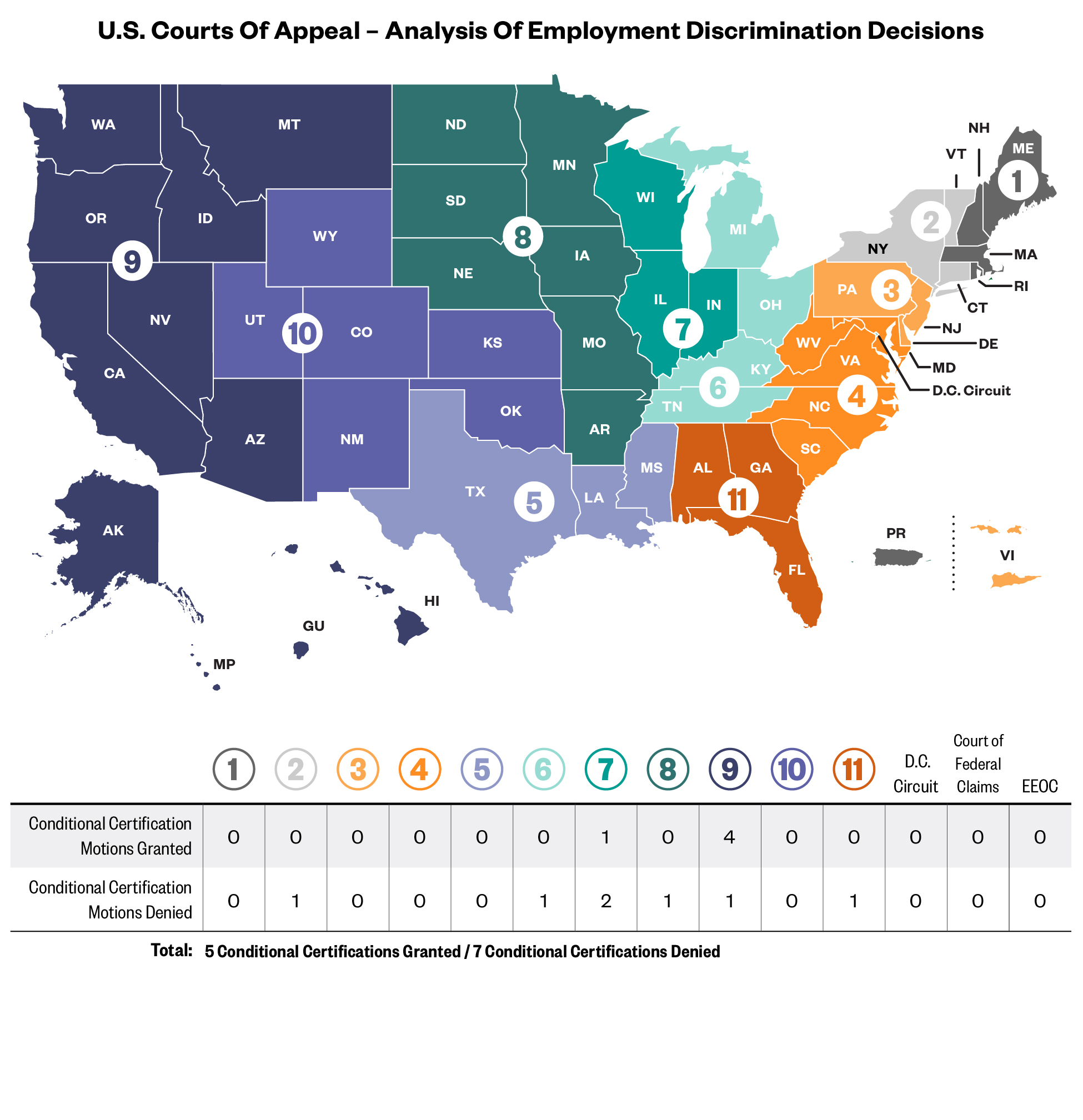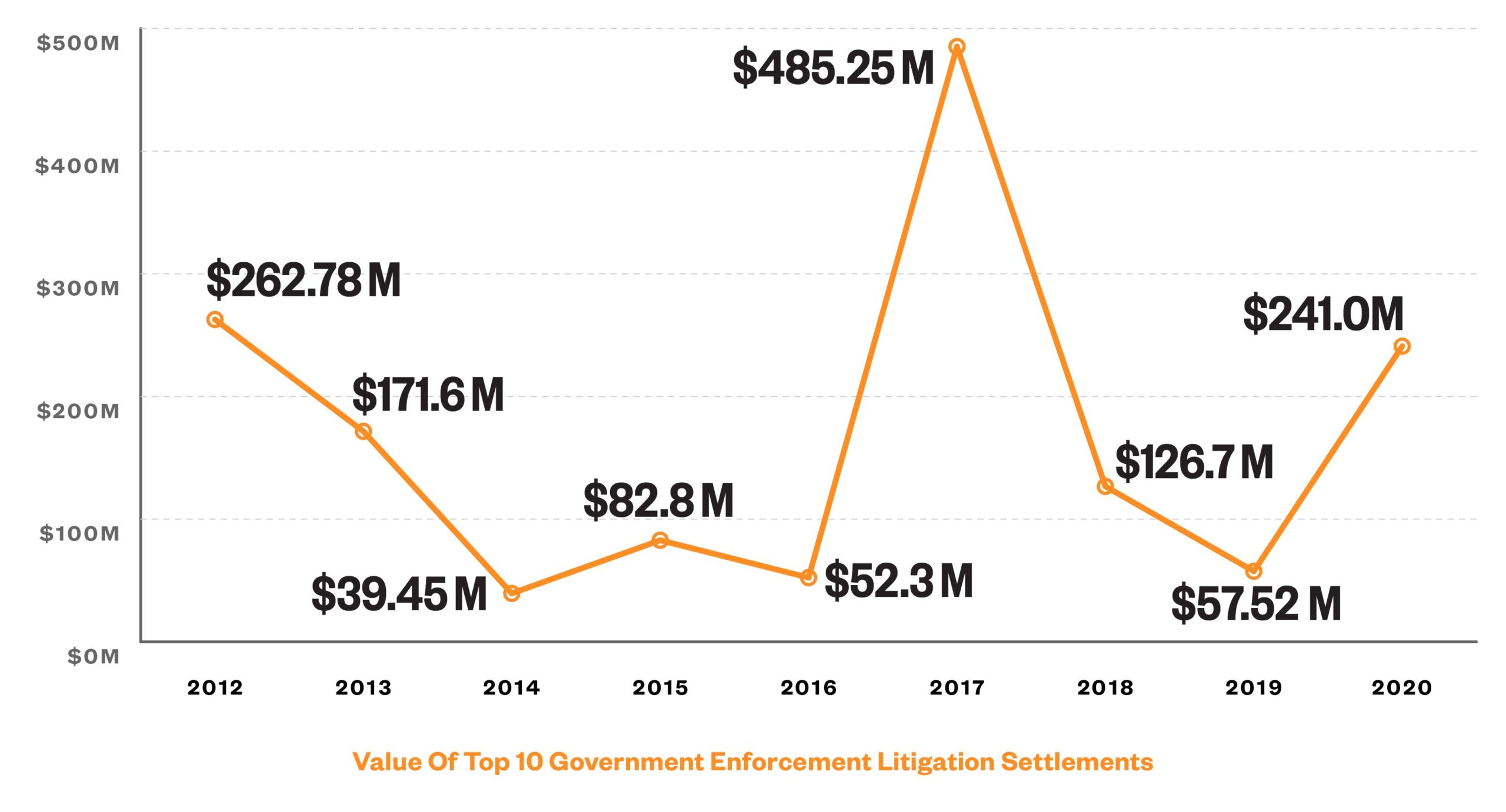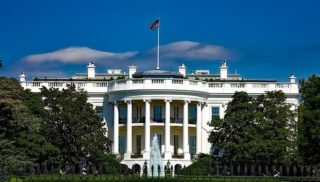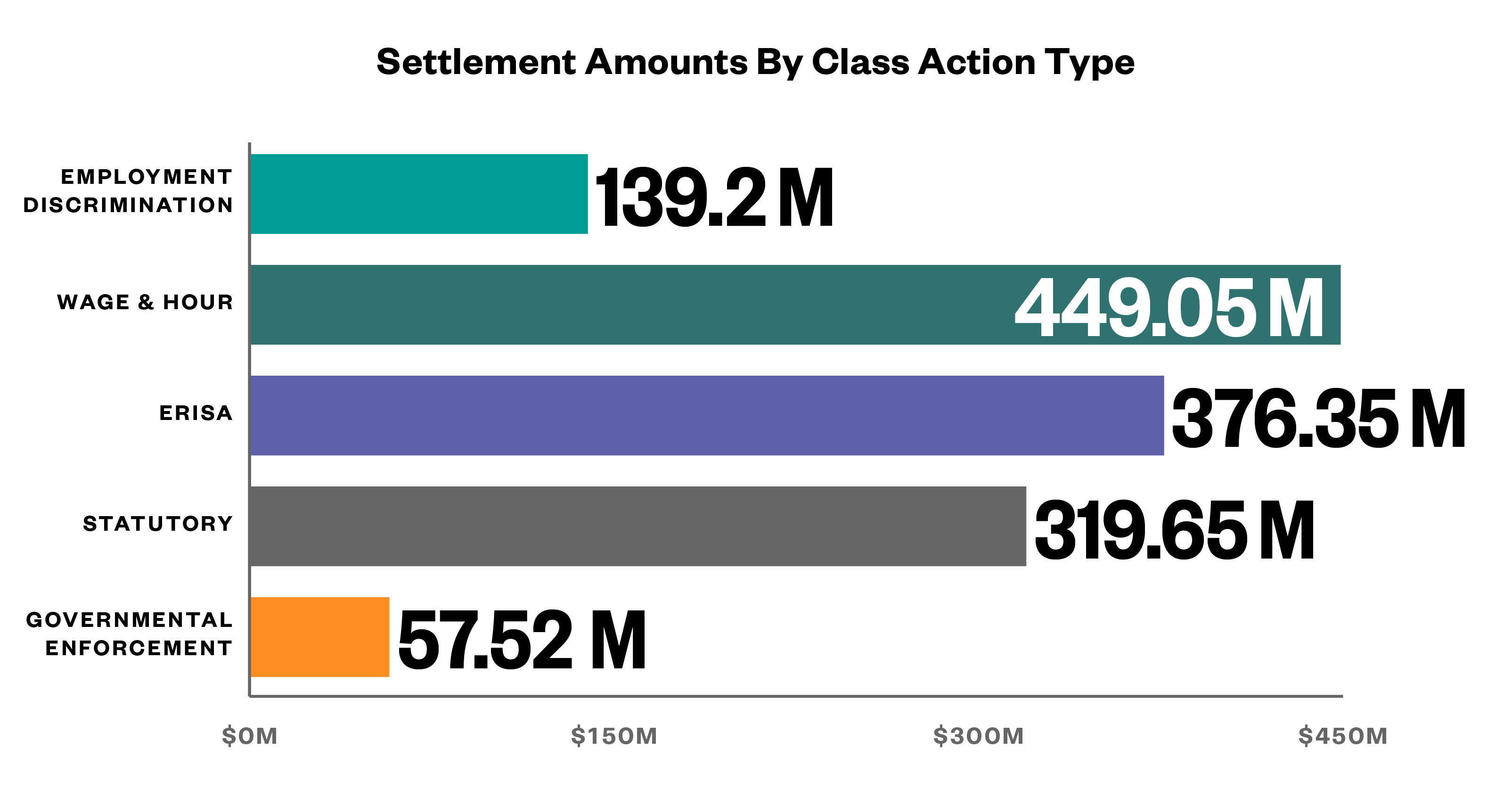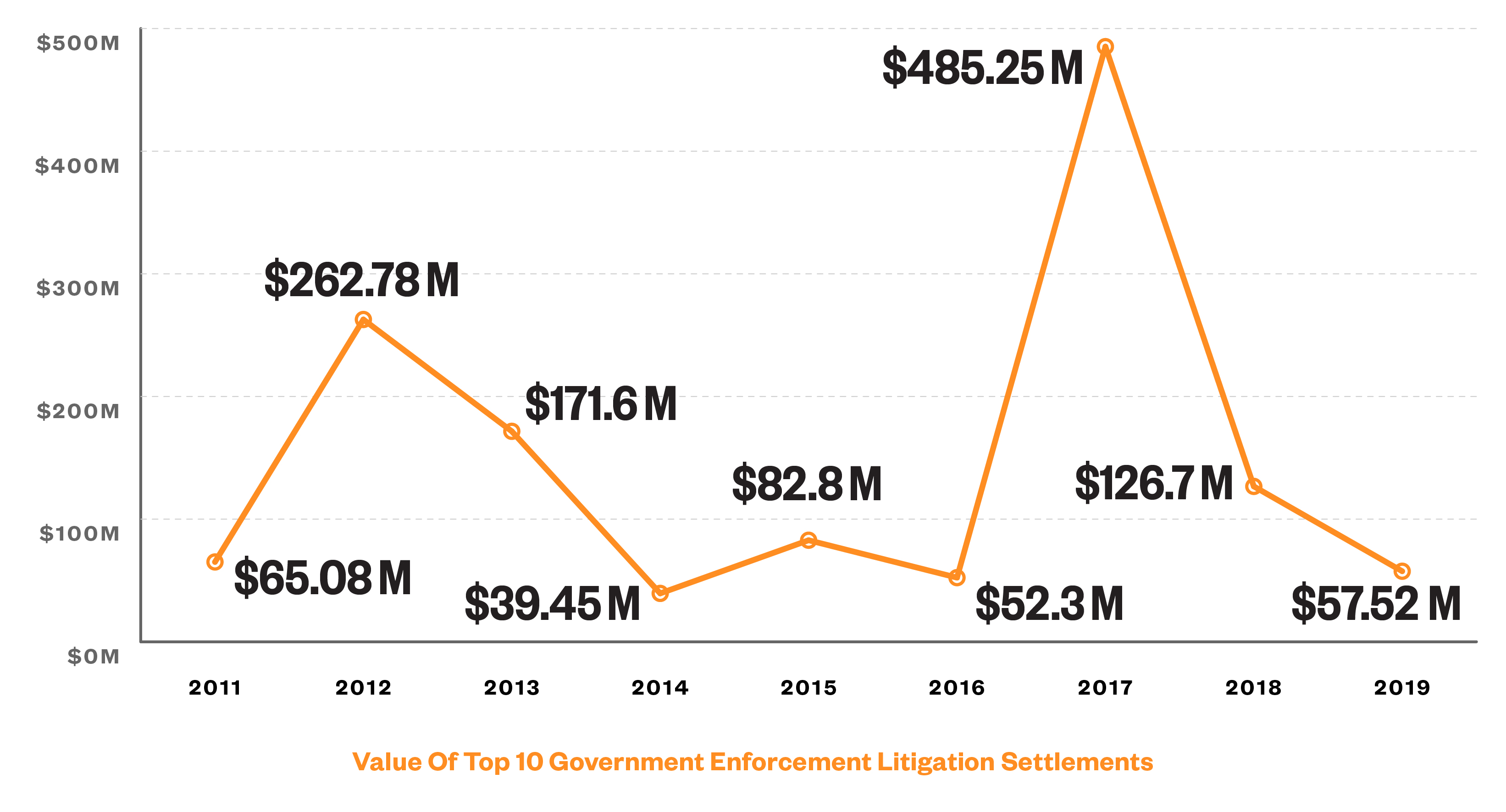 By Gerald L. Maatman, Jr., Thomas Ahlering, Alex Karasik, and Sarah Bauman
By Gerald L. Maatman, Jr., Thomas Ahlering, Alex Karasik, and Sarah Bauman
Seyfarth Synopsis: On September 20, 2021, the Seventh Circuit ruled in Fernandez v. Kerry, Inc., No. 21-1067 (7th Cir. Sept. 20, 2021), that a cause of action filed under the Illinois Biometric Information Privacy Act (“BIPA”) by employees of Kerry, Inc., was preempted by Section 301 of the Labor Management and Relations Act because the claims were premised on an alleged failure by the employer to obtain consent before requiring their employees to scan their fingerprints, and the issue of consent was covered by a collective bargaining agreement. As a result, the Seventh Circuit held that the class action claims could not be pursued by the employees against Kerry, Inc. in federal court.
The Fernandez ruling exemplifies that certain employee disputes implicating the BIPA will be dismissed if the parties intended such disputes to be resolved by the employer and the employees’ collective bargaining representative.
Case Background
Five former employees of Kerry, Inc. (“Plaintiffs”) filed a class action under the BIPA, alleging that Kerry, Inc. failed to obtain their consent before requiring Plaintiffs to scan their fingerprints for timekeeping purposes. Id. at 1-2. Defendant moved to dismiss on the grounds that the suit was preempted by Section 301 of the Labor Management Relations Act, 29 U.S.C. §185 (“LMRA”), because the resolution of the claims depended on interpretation of collective bargaining agreements between Defendant and the union that represented Plaintiffs while employed with Kerry. Id. at 2. Pursuant to preemption principles, federal law prevents states from interfering in relations between private employers and unions. Id. The district court agreed with Defendant and dismissed the lawsuit. Plaintiffs thereafter filed an appeal with the Seventh Circuit.
The Seventh Circuit’s Decision
In reviewing the district court’s ruling, the Seventh Circuit relied primarily on its decision in Miller v. Southwest Airlines Co., 926 F.3d 898, 903-05 (7th Cir. 2019). There, it held that provisions in the Railway Labor Act that parallel Section 301 prohibit employees from “bypassing their employers about how to clock in and out.” Id. at 2. The Miller decision further “doubted that Illinois has attempted to give unionized workers a privilege to bargain directly with employers — after all, the [BIPA] permits an employee’s ‘legally authorized representative’ to consent to the collection and use of biometric information.” Id. (citing 740 ILCS 14/15(b)). Relying on Miller, the Seventh Circuit held that where an employer asserts that a union has consented, any dispute regarding the accuracy of such consent must be resolved between the employer and the union. Id. at 2. And if any employer “plausibly contends that the union[] has consented,” that “is enough to prevent suits by individual workers.” Id. at 3.
The Seventh Circuit rejected Plaintiffs’ argument that the Railway Labor Act is “more preemptive” than the LMRA, recognizing that the U.S. Supreme Court “has equated the two” in Hawaiian Airlines, Inc. v. Norris, 512 U.S. 246, 260 (1994). Id. at 3. The Seventh Circuit similarly rejected Plaintiffs’ suggestion that a permissive topic (i.e., with respect to the LMRA, clocking in and out) of bargaining need not be subject to the union’s representation. Id. Rather, it held that “a certified union is each worker’s exclusive representation on collective issues,” and thus covers disputes regarding timekeeping. Id.
In conclusion, the Seventh Circuit held that as in Miller, Defendant “invoke[d] a management rights clause,” and whether “‘unions did consent to the collection and use of biometric data, or perhaps grant authority through a management-rights clause, is a question for [decision under the agreement]. Similarly, the retention and destruction schedules for biometric data, and whether [employers] may use third parties to implement timekeeping . . . are topics bargaining between unions and management.’” Id. at 4 (quoting Miller, 926 F.3d at 903). Accordingly, the Seventh Circuit explained it would be impossible to litigate a dispute about how an employer uses biometric information without asking whether the union has consented on the employees’ behalf — as such, states “cannot by-pass the mechanisms” of federal law and allow direct negotiation or litigation between workers and their employers. Id.
Finally, the Seventh Circuit rejected Plaintiffs’ request to send the dispute to arbitration to the extent that the collective bargaining agreements at issue did not allow workers to demand arbitration if the union forgoes the procedure, and the union had not requested arbitration. Id. For these reasons, the Seventh Circuit upheld the district court’s decision and dismissed the case. Id.
Takeaways For Employers
The ruling in Fernandez v. Kerry doubles down on the Seventh Circuit’s refusal to litigate employee-initiated BIPA class actions where the issue of consent is covered by a collective bargaining agreement. Accordingly, if sued under the BIPA, employers should consider this ruling to assess whether their employees’ claims are premised on a dispute that is covered by an applicable collective bargaining agreement. Doing so could significantly limit an employer’s liability for damages, and provide another mechanism for seeking dismissal on the pleadings.




